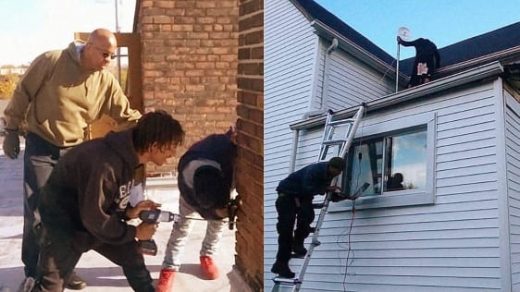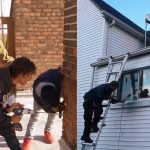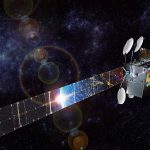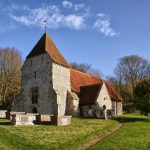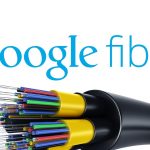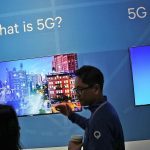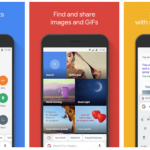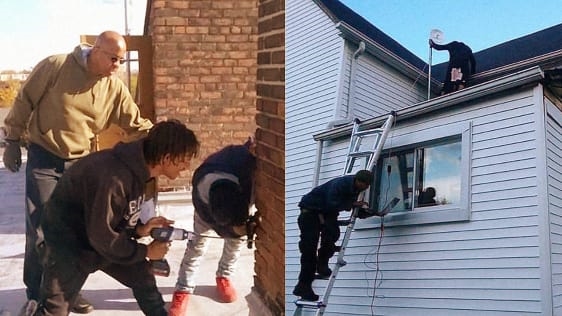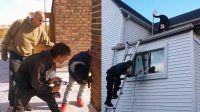Why Low-Income Communities Are Building Their Own Internet Networks
 By Eillie Anzilotti
By Eillie Anzilotti
For years now, Detroit has been in the spotlight as a poster city for urban revitalization. Stories about how brands like Shinola are tapping into the city’s industrial heritage to bolster the economy, and how intrepid urbanists are converting the city’s vacant land into sustainable farms and affordable housing, are commonplace.
But what they gloss over is that many Detroiters still lack a basic service: internet access. Around 40% of people in the city do not have broadband connectivity–which is a problem, as more and more resources like banking, education, and the U.S. Census move online.
Detroit’s uneven economic history is part of what has impeded internet connectivity. Telecom companies often pass over low-income cities and neighborhoods; households in the bottom 20% of the economic spectrum are five times more likely to lack internet than those at the top. In 2017, the National Digital Inclusion Alliance described AT&T’s avoidance of poorer neighborhoods of color neighborhoods in Cleveland as “digital redlining,” and said that companies don’t expand into such parts of the city because it doesn’t generate them enough profit to do so.
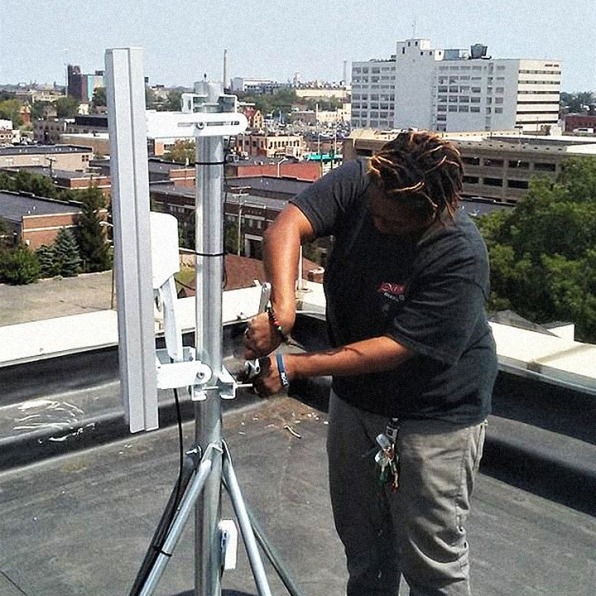
This situation, the NDIA, has created a necessity for cities and communities across the country to ensure that good internet is accessible to all, regardless of the decisions of big telecoms companies.
In Detroit, the Equitable Internet Initiative (EII) is stepping up to meet that need. In 2016, the Detroit Community Technology Project–a nonprofit founded in 2014 to train community organizers in setting up neighborhood-level internet access–launched EII to increase internet access in three particularly underserved neighborhoods in Detroit, and to educate those very community members who will benefit from the internet in installing and managing it.
Diana Nucera directs the DCTP, which the Detroit-based company Allied Media Projects sponsors with funds from the Obama administration’s Broadband Technology Opportunities Program. The big question at the time of DCTP’s founding was “whether Detroit was even worth saving,” Nucera says. “People were more interested in the devastation of Detroit than in its resiliency.”
Even as the city began to revive, Nucera and DCTP recognized that restoration was not happening equitably–many lower-income neighborhoods were still left out of the folds of economic development. Securing internet access for these communities, Nucera says, “would allow people to change the narrative by telling their own stories.” DCTP launched EII in 2016 to get communities around Detroit engaged with securing internet access–and using that access to drive change.
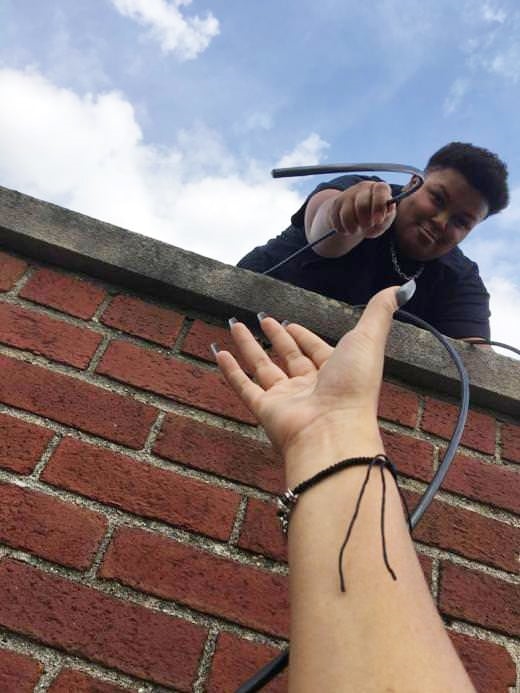
With the initial funding from Allied Media Projects, and now, with an additional $60,000 from winning Mozilla’s new Wireless Internet for a Networked Society Challenges, EII has trained around 45 residents from three neighborhoods–Southwest Detroit, Eastern Market, and North End–in how to install wireless infrastructure. EII purchased five years of gigabit internet from the internet service provider Rocket Fiber, but it wasn’t sufficient, Nucera says, to just have the ISP come in and install the infrastructure.
“The heart of this program is to demystify the internet, demystify technology, and teach folks how to build and maintain their own networks,” Nucera says. She and the EII team worked with their community trainees, called Digital Stewards, to install a large antenna on the roofs of three community centers in each of the respective neighborhoods. Using point-to-point wireless technology, those antennas then beam internet to dozens of homes in the surrounding communities.
In that respect, EII is similar to networks like NYC Mesh, a community-based internet service provider in New York City–the type of which is growing in popularity in the wake of the FCC’s December decision to roll back net neutrality protections, because community members decide the terms of the service. But EII is as much about education and community advancement as it is about internet service.
“Internet is often a top-down model and the information of where the tech goes and how it works doesn’t get transferred, so you keep people in the dark,” Nucera says. “We wanted to combine high-level wireless with high-level organizing.”
Part of that organizing is EII’s Next Gen Apps program, which trains teens in web development. The youth in the Next Gen program have designed community tools like a pollution data analysis platform and a community resources map that are hosted on the EII’s intranet. The Digital Stewards will also be working with local solar providers to install panels on the antennas to make the network more resilient in the face of power outages.
EII’s model, says Mehan Jayasuriya, manager of the WINS Challenge for Mozilla, checks all the boxes for projects the challenge was hoping to recognize: sustainability, affordability, technical achievement, and community engagement; those are features in all of the WINS Challenge finalists. But it also went beyond that. “They built all of these things on top of the network that will lead to more long-term stability for the network, like education and stewardship programs,” he tells Fast Company.
Nucera is hopeful that the strength of the EII will eventually override the gaps left by mainstream internet service providers. “By 2019, we want that 40% unconnected number to drop by half,” she says.
(34)

